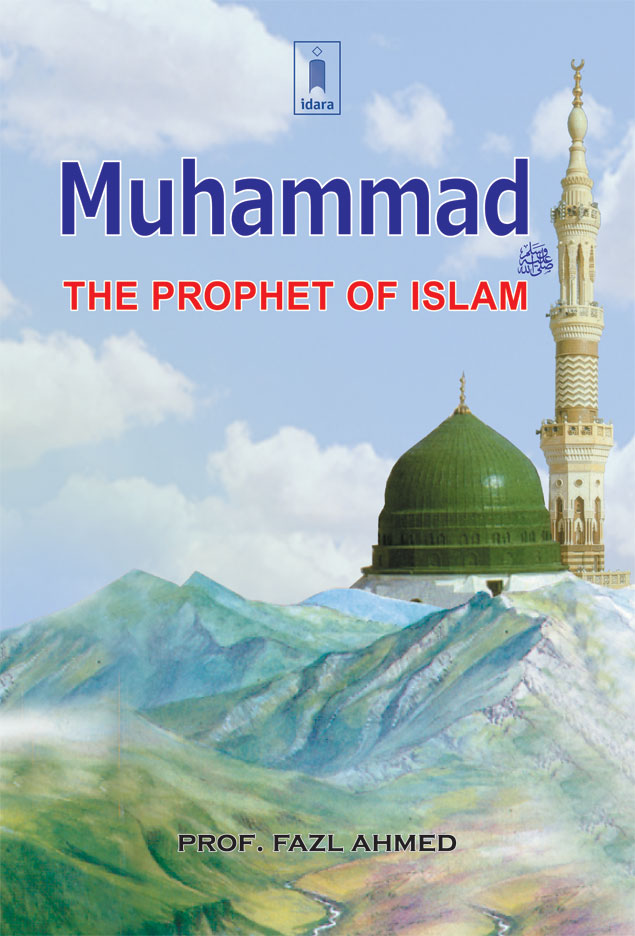

“There was a rare coming together of kindred spirits in an environment receptive to interaction, experimentation and a lively, imaginative exchange of ideas,” Harris has written of the summer of 1948 at the school, yet her words apply to Black Mountain as a whole.īLACK MOUNTAIN COLLEGE was the brainchild of John Andrew Rice, who, in early 1933, was dismissed from Rollins College in Winter Park, Fla., in large part for having unorthodox ideas about education, among them a belief in “the freedom to learn in one’s own way and according to one’s own timetable,” as Martin Duberman writes in “Black Mountain: An Exploration in Community” (1972), his sweeping and dishy book about the place. Why the fascination? It is, of course, riveting to read about any group of artists - especially those whom we know would become famous in the fullness of time but who were still in the process of honing their craft, working and carousing together in anonymity, cross-pollinating ideas (and at times, with each other) and, ultimately, forming a community that amounted to more than the sum of its parts.

Indeed, this unusual, unaccredited little college in the middle of rural nowhere has been the subject of at least 10 full-length books and several poetry collections, and is a perennial topic of museum exhibitions - see, recently, “Leap Before You Look: Black Mountain College, 1933-1957,” organized by the Los Angeles-based writer and curator Helen Molesworth in 2016. But it is now 2022 - nearly nine decades since the school’s inception - and people are still talking about it (many, in fact, more than mildly obsessed with it).
#Picturesque presentation case archive
“Don’t you think it’s quite impressive that we are talking about Black Mountain College in 1987?” reads a charmingly quaint remembrance delivered at the opening of an exhibition that year at Bard College and collected by independent scholar Mary Emma Harris as part of the Black Mountain College Project, an online archive and independent study of the college that Harris has been pursuing since 1968. Plenty of students, too, would become famous artists in their own right: Ruth Asawa, Ray Johnson, Kenneth Noland, Robert Rauschenberg, Susan Weil, Cy Twombly, Francine du Plessix Gray, Robert De Niro Sr., Arthur Penn and John Wieners among them. Among the many well-known names who have cameos in Black Mountain’s history are the painters Jacob Lawrence, Robert Motherwell, Franz Kline, Leo Amino and Ben Shahn the photographers Harry Callahan and Aaron Siskind the art critic Clement Greenberg, the social critic Paul Goodman and the literary critic Alfred Kazin the composer Stefan Wolpe the Bauhaus architect Walter Gropius the poets Robert Creeley, Robert Duncan and Hilda Morley (who, along with Olson were part of a group of writers known as the Black Mountain Poets) the Bauhaus potter Marguerite Wildenhain and the Japanese potter Shoji Hamada, who, in 1955, was designated a Living National Treasure of Japan. It was, in fact, the college’s summer sessions in the arts - and the impressive lineup of visiting faculty who came to teach at them - that would solidify its mythical reputation.


 0 kommentar(er)
0 kommentar(er)
